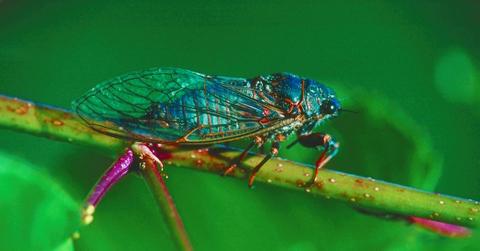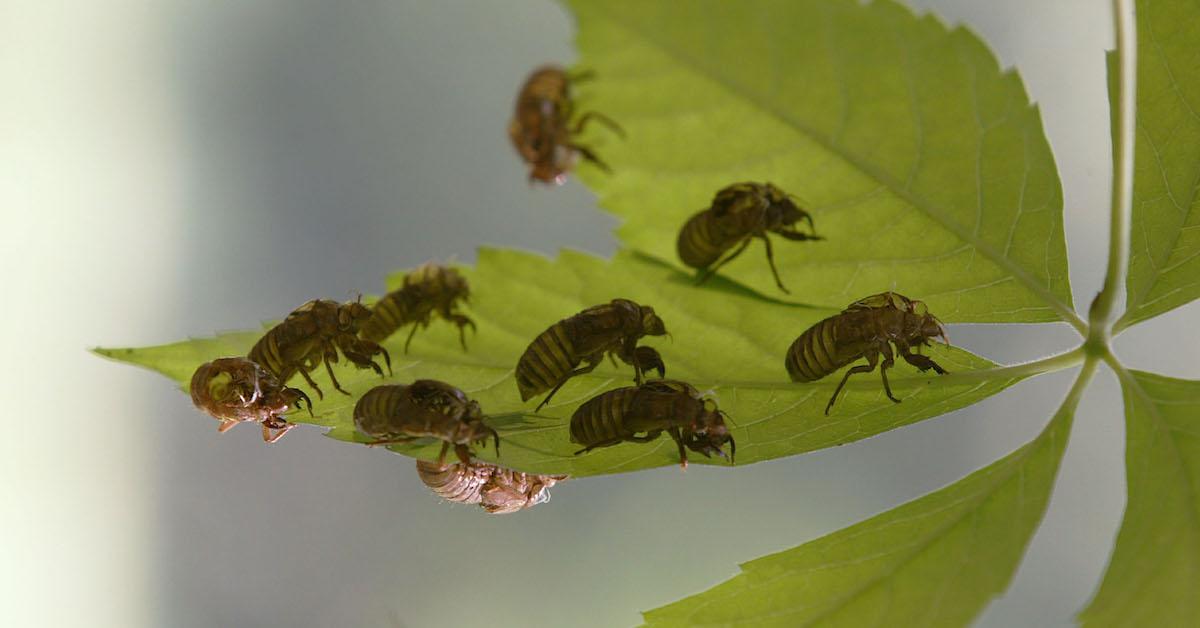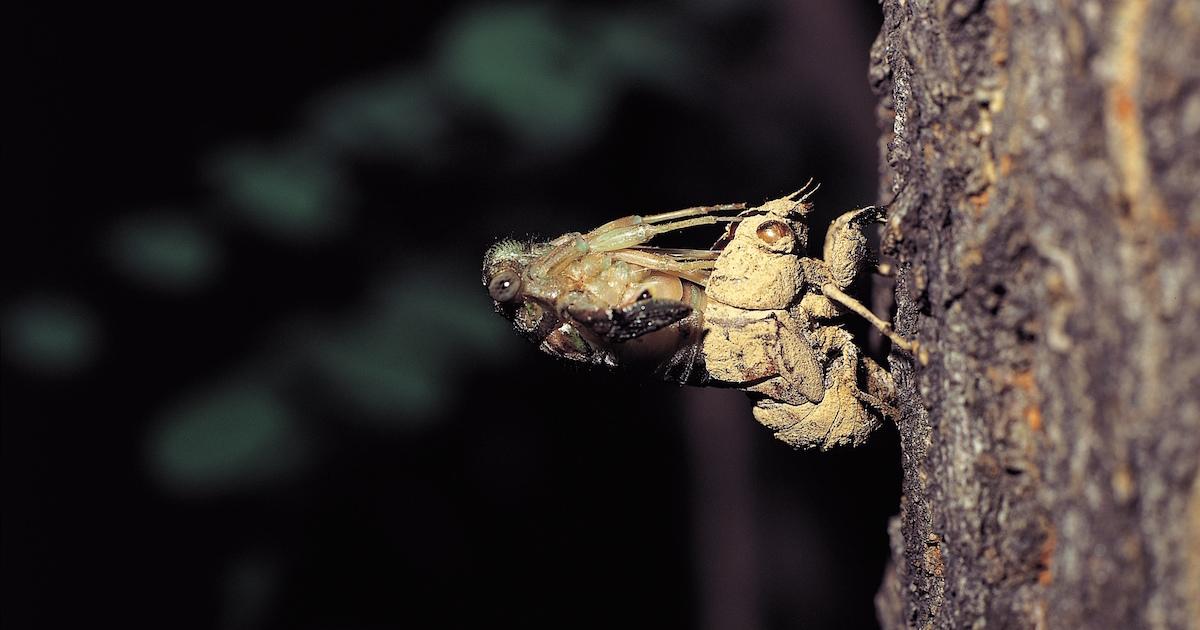When Will the Cicadas Go Away?
Published June 14 2021, 4:53 p.m. ET

During summer 2021, people on the East Coast will hear a buzzing, clicking clamor that they haven’t heard for 17 years. Those cicada-filled summer symphonies are treasured by many for the nostalgic feelings they dredge up. But while many people will undoubtedly be enjoying that feeling, others will be wondering when the cicadas will go away.

When will the cicadas go away?
According to the Cincinnati Enquirer, the average lifespan of 17-year cicadas like those in 2021’s Brood X is between four to six weeks. They tend to emerge in late May or early June and start dying off at the end of June and into July.
If the weather is consistently warm and dry, cicadas will mate faster and more fervently, resulting in a shorter cicada season. If it’s more humid, the cicadas might linger a little longer. That said, some cicada stragglers will tend to stick around past July and into August.
Why are cicadas dormant so long?
The funny thing is, scientists just don't know yet. According to National Geographic, the reason behind this long-term lifestyle are as yet unknown to entomologists. The prevailing theory is that their lifecycles work in tandem with glacial cycles, but this theory has as many holes as there will be cicadas in the coming months. All we know for sure is that cicadas prefer warm weather, and they won't emerge unless the soil around them has reached the proper 65 degrees Fahrenheit or warmer.

How long do cicadas last above the ground?
17-year cicadas spend most of their very unexciting lives underground. According to Pets on Mom, cicada nymphs molt five different times throughout their lives, and four of those molts take place while they are underground, living in a sort of semi-hibernative state. The final molt occurs once they have climbed out of the ground and onto a tree.
Cicadas detach from their shell and fly off for the first and last time. The next few weeks are full of uninhibited ardor and summertime songs, followed by an ignominious death and unceremonious burial inside the gut of a gleeful predator. It’s a short life but one has to imagine it’s an enjoyable one, and at least their remains go back into the food chain when it’s all said and done.

What do cicadas eat?
Speaking of eating, many of the same folks who worry about cicadas are worried that the impending swarms will eat them out of house and home like a biblical plague. This is simply not the case. Most cicadas don’t eat much whilst they are in their month-long throes of passion. When they do damage plants, it's usually to cut slits into the branches so they can lay eggs, not to irrevocably damage the plant.
According to Orkin, adult cicadas (the ones you’re going to see and here this coming summer) feed on plant fluids from young trees and woody bushes. Some of their favorites include oaks, maples, willows, and ash. They might nibble on some berry bushes if you have them at home, but your garden veggies and flower beds have more to fear from slugs than you do cicadas.